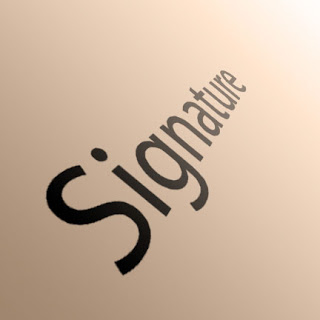My instructors and advisor at college drilled into me “Don’t
work without a contract.” The Graphic Artists Guild (GAG) and American Institute of Graphic
Arts (AIGA) recommend that
designers always work with a contract.
However, there are
designers that don’t. My sister doesn’t although she says she should and I’ve
met other designers who don’t including some people in online groups of which I
belong. One person claimed that their communication with the client is so good
they don’t need a contract. Another person said they have never worked with a
contract and will never, ever work with a contract. So there are those who choose not to but I don't understand being adamantly opposed to it.
What is a contract?
It’s an agreement
between the client or their representatives and the designer. It can be a
written agreement or verbal and in the US a verbal agreement is considered
binding. I know a technical writer who is satisfied with a handshake if the
project is less than $1,000. The potential problem is that verbal agreements
and handshakes can be hard to prove in court. If there isn’t a lot to lose that
may not be a problem.
Written agreements
can be a formal contract or a string of emails. Either method is a form of
documentation that helps the client and designer.
What does a contract do?
Coming out of the IT
world and hosting meetings, I know that if you have 10 participants you have 10
different versions of what was discussed and agreed on in a meeting. So notes
are taken and meeting minutes are sent to all meeting members. This ensures
that everyone has a similar understanding of the scope of a project,
responsible parties know their tasks, and everyone knows the next steps in the
project.
A contract can
function in the same way. It is a communication between the designer and client
or their representatives. It is designed to protect both the client and the
designer and to ensure both know what to expect. If there are any questions,
both can refer to the contract.
What is in a contract?
The contract can
include the description of the project, the scope, usage rights, the designer’s
responsibilities, the client’s responsibilities, schedule of deliverables,
estimates, an indemnity clause, cancellation and refund clauses, royalties,
list the expected deliverables, late fees, purpose and use of the
deliverable(s). Contracts are not
written in stone and, if necessary, amendments can be added. There are a lot of
sample contracts online and the GAG handbook has several contract templates
that can be customized for your specific project.
When I first started freelancing I was hesitant to bring up
a contract but I have learned that clients who balk at signing a contract are
not reliable. That should be seen as a red flag. If they won’t even discuss and
negotiate a contract, walk away.
I’m still working on a balance between covering what is
needed and over doing it. I have a tendency to add everything but the kitchen
sink when it’s not necessary. Then I’ll swing to the opposite end and have a
bare bones contract that can leave out important clauses.
My opinion
Whether you do a formal contract or something informal in
emails it is important to have something in writing so that all parties know
what’s expected and what's involved in the project.

